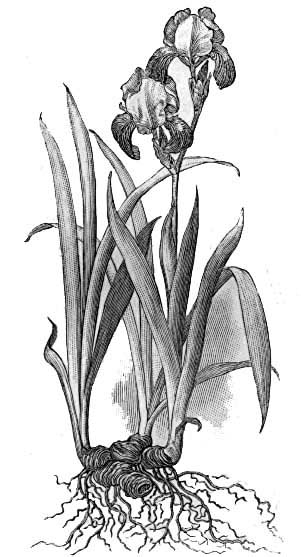-
Process art as a learning tool
普通类 -
- 支持
- 批判
- 提问
- 解释
- 补充
- 删除
-
-
Process art
ART CLASSES ARE an important part of a student's academic success. Working on art projects promotes listening skills, fine motor skills, self-confidence and teaches students how to follow instructions. Process Art focuses on what students are learning through the "process" of creating their art, not the finished product. This approach does not confine the student to right or wrong answers and promotes a more in-depth understanding of a subject by allowing students to explore and discover on their own. Students can learn about technology, other cultures, language, history and a variety of other subjects while creating their own artwork.
-
Art for All Ages
Process art is most commonly used in early education, but it is also an excellent learning tool for older children and adults. The projects can be adapted for any age or experience level by raising the sophistication level of the project.
Simple projects such as coloring or cutting and pasting can be done by preschool students to explore colors, textures, and other design concepts.
Adults may use paint, photography, computers, or other media to create works of art that will not only allow them to learn about the techniques they are using, but can also help them learn about the subject of their project.
A preschool student learns about shapes, colors, and how to
follow instructions while being allowed to express his own creativity.
-
Botanical Illustration Project
Botanical illustration is a project that students of all ages can do.
Teachers can explain the history and use of botanical drawings to the students and briefly show them some examples. The examples should then be put away so the students can create their own botanical drawings without trying to replicate the example.
Students can go outside and find a plant that they would like to learn about and illustrate. They should pull up the plant with its roots and collect its leaves, blossoms or any other component of the plant they want to include in their botanical drawing. The students can do research to learn about the plant they have selected to label its parts and incorporate facts about the plant into their illustration.
Each student's final project will look different but the goal of the project is to teach students about nature, science, and history through the artistic process.
Botanical Illustration of an iris.
-
Applications
Process art not only allows students to learn about art techniques and art history. It can be applied to any educational subject to enhance the student’s learning experience. With a little bit of creativity, projects can be used to teach science, history, language, social studies, architecture, math, photography, and computer sskills, to name just a few. Process art is a fun and exciting way to engage students of any age and to allow them to think and learn creatively.
 Chinese caligraphy character for field. Students learn about language, culture, and history
Chinese caligraphy character for field. Students learn about language, culture, and history  Student drawing of the Boston Tea Party. Students learn about history, visualization.
Student drawing of the Boston Tea Party. Students learn about history, visualization.  Andy Warhol-inspired photo art. Students learn about photography, computers, pop culture.
Andy Warhol-inspired photo art. Students learn about photography, computers, pop culture. -
Reference
Stefanie Lincoln, Graduate Student
SDSU Educational Technology
Lincoln, S. (2005). Process art. In B. Hoffman (Ed.), Encyclopedia of Educational Technology. Retrieved July 14, 2010, from file:///D:/实验室/eet/articles/processart/start.htm -
-
- 标签:
- process
- art
- projects
- botanical
- learn
- student
- plant
- students
- project
- learning
- history
- tool
-
加入的知识群:



学习元评论 (0条)
聪明如你,不妨在这 发表你的看法与心得 ~